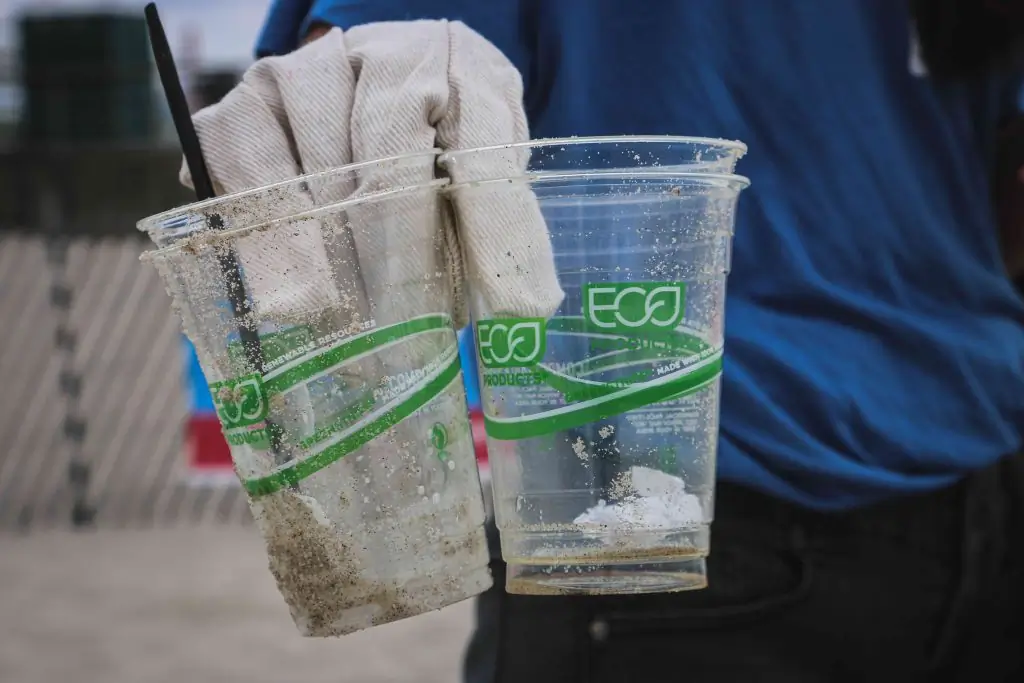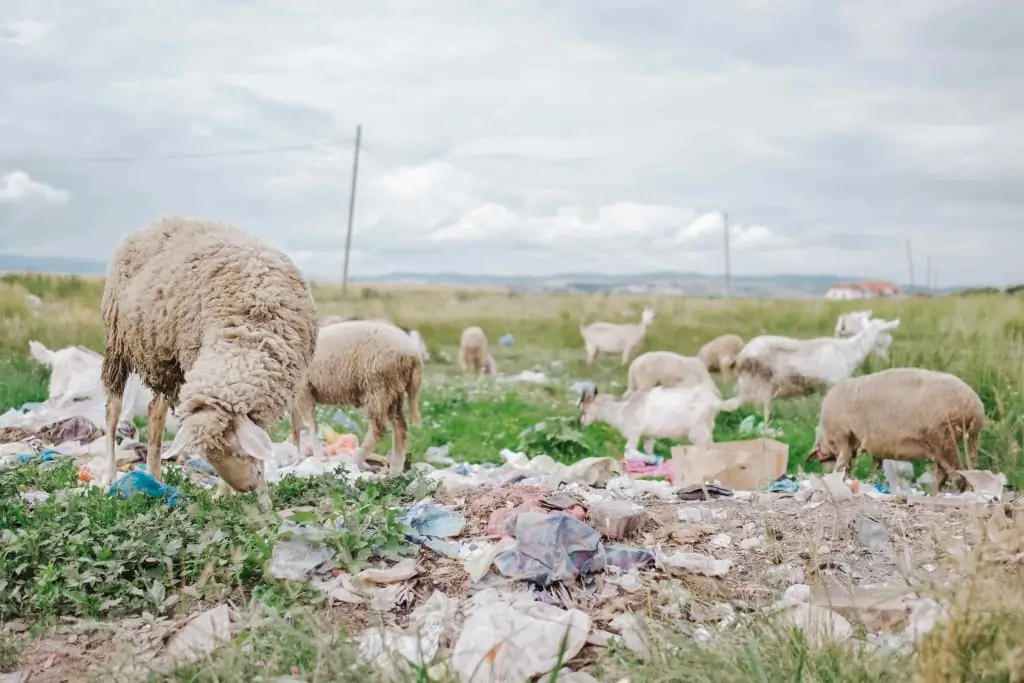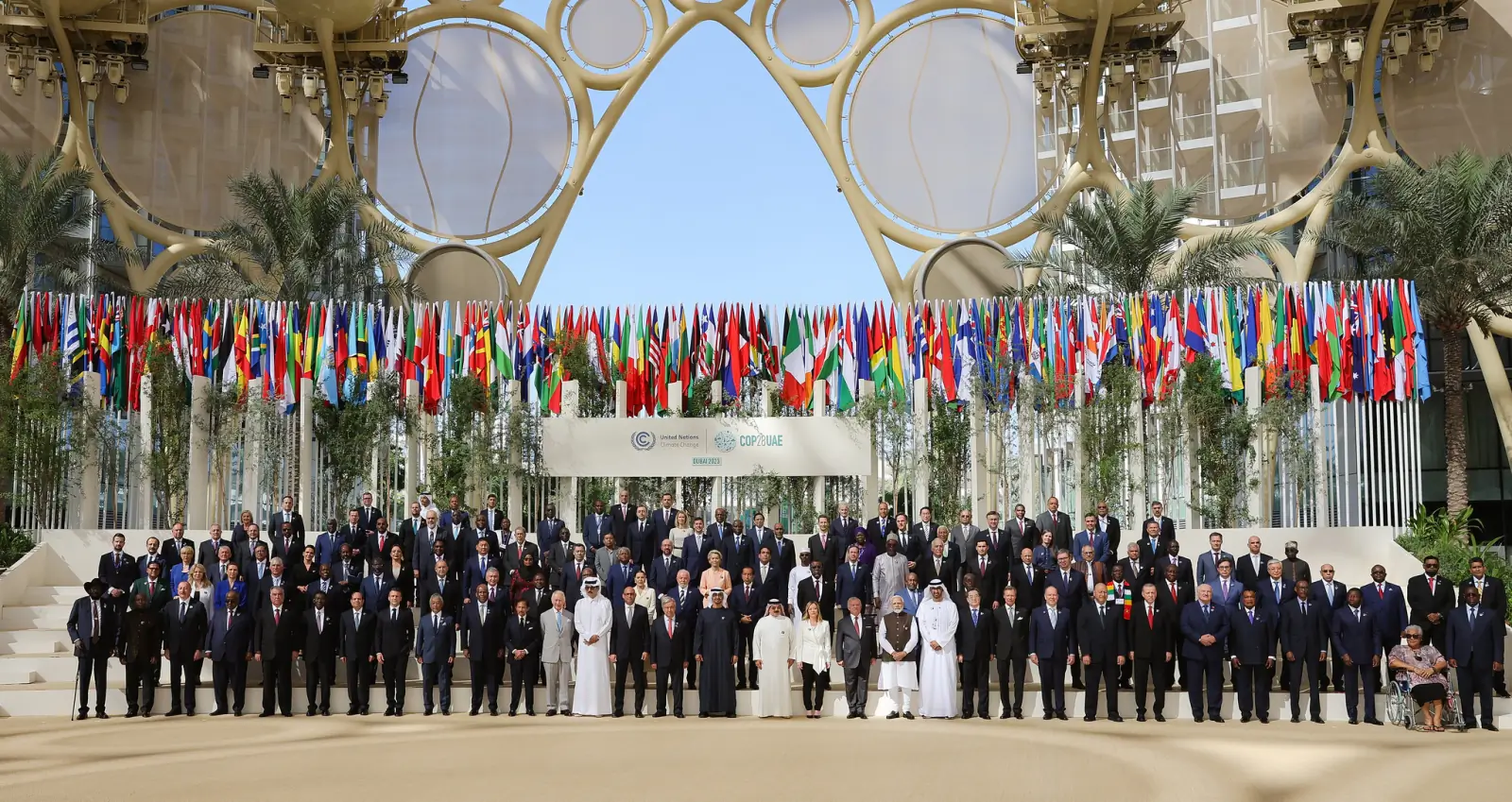What is greenwashing and why is it bad
Environment02.10.2023

How do companies make us think we’re buying eco-products
Maybe you bought a certain brand of coffee pod because the company told you their capsules were recyclable. Perhaps you paid more for a cleaning product in a bottle made of “ocean plastic.” Or you bought a particular kind of garbage bag which advertised it could contain all your recyclables.
Then you discovered the coffee pods were mostly not recyclable and caused problems to recycling plants where they were sent. The “ocean plastic” claim actually referred to plastic that might some day end up in the ocean, and if you put your recyclables in that garbage bag they’d all go to the landfill because the bag itself wasn’t recyclable.
You, like millions of consumers every year, were greenwashed. And you probably didn’t like it.
Greenwashing describes the practice of a company, product, or service pretending to be more environmentally friendly than it really is. This term comes into play when a business uses crafty marketing and advertising to appear eco-conscious, even though their real actions might still be environmentally damaging.
Why greenwashing is bad
Greenwashing intentionally misleads and deceives consumers into making choices they believe are environmentally friendly when, in reality, they aren’t, and it can have the following negative consequences:
- Misinformed choices: Greenwashing leads to purchases or support based on false eco-friendly claims. This inadvertently contributes to environmental issues, undermining sustainable choices.
- Trust erosion: When misled by greenwashing, consumers doubt other green claims, hindering genuinely eco-conscious companies’ credibility.
- Distracting from real issues: Greenwashing reduces consumers’ push for genuine change from companies by creating an illusion of progress which shifts focus from pressing environmental problems.
- Financial consequences: Greenwashing can lead to spending extra on products that don’t deliver promised benefits, eroding confidence in eco-friendly options.
- Stalled progress: Believing in meaningful sustainability efforts, consumers might delay seeking better alternatives, slowing overall progress toward environmental responsibility.
- Frustration and disillusionment: Exposure to greenwashing breeds consumer frustration and cynicism, causing people to lose faith in their ability to positively impact environmental change.

How to avoid greenwashing
There are two main ways to avoid being greenwashed. One is to be aware of the tactics companies and businesses may use. Here are a few examples:
- Misleading labels: Companies might use labels, certifications, or imagery that suggest their products are environmentally friendly, even if only a small aspect of the product or service is genuinely sustainable.
- Exaggerated claims: Businesses might make extravagant claims about their environmental efforts, implying they are doing more than they actually are, or taking credit for actions that are industry standard rather than innovative.
- Incomplete information: By highlighting one positive aspect of a product’s environmental impact while neglecting to mention its negative aspects, a company can create a skewed perception of its overall sustainability.
- Distraction from larger issues: Some companies use minor environmental initiatives to divert attention away from larger, more significant environmental problems they are contributing to.
- Token efforts: In this case, a company might implement small, superficial changes to appear environmentally responsible without making any substantial changes to their overall practices.
The second way to avoid falling victim to greenwashing is to know where you’re most likely to encounter it. Here is a list of the most common offenders:
- Bottled water companies: Some bottled water brands market their products as being more eco-friendly because they use lighter plastic bottles or claim to support environmental causes. However, the production and distribution of single-use plastic bottles contributes significantly to plastic waste and pollution, which is a major environmental issue.
- Fast fashion brands: Certain fast fashion retailers might promote a single sustainable clothing line while ignoring the fact that the majority of their products are made using environmentally harmful practices, such as excessive water usage and cheap labour.
- Oil and energy companies: Oil companies might create ads showcasing their investments in renewable energy sources, giving the impression that they are moving away from fossil fuels. However, the bulk of their revenue and operations may still be tied to non-renewable energy extraction.
- “Natural” or “green” cleaning products: Some cleaning products claim to be “natural” or “green,” yet they may contain only a few natural ingredients alongside harmful chemicals. This can mislead consumers who are looking for genuinely environmentally friendly alternatives.
- Large car manufacturers: Car companies may highlight the fuel efficiency of certain models to present themselves as environmentally conscious. However, these claims might overlook the fact that the overall impact of their fleet on emissions and resource consumption remains significant.
- Non-recyclable packaging: Companies that use excessive non-recyclable packaging for their products may advertise one small aspect of their packaging as being recyclable, diverting attention from the larger issue of wasteful packaging practices.
- Cosmetic brands: Cosmetic companies may market products as “green” or “organic” while still using ingredients that are harmful to the environment or relying on unsustainable sourcing practices.
To avoid falling for greenwashing, you can read, research, and be realistic.
Read labels carefully — often the truth is right there — although usually in much smaller print than the “green” claims.
Research the companies, brands, and products you use. Ask questions, look for credible third-party certifications, and pay attention to news stories from trusted sources.
Be realistic. You have instincts for a reason — trust them! Is it likely that a one-time use, disposable product is truly “green?” The label may say so, but if it seems too good to be true, it just might be. By asking questions and seeking alternatives you’ll empower yourself to make decisions you — and the Earth — can live with.










